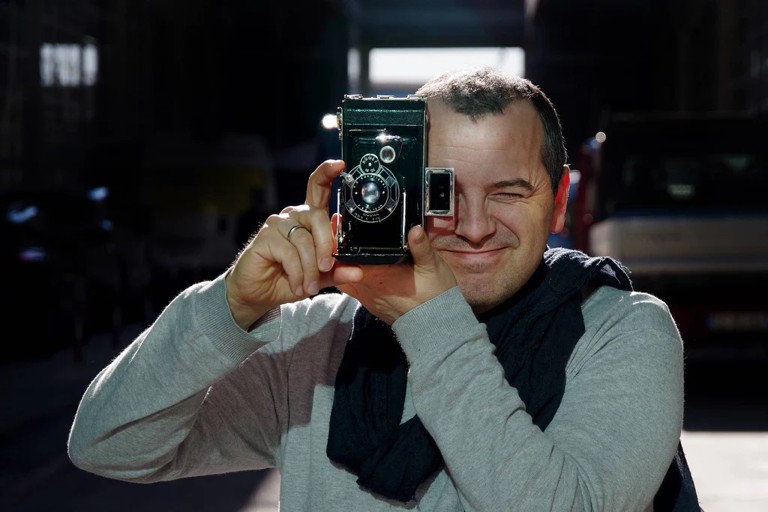The Rise of Analog Photography in a Digital World
Across the UK, photographers are rediscovering film as a way to slow down, experiment, and reconnect with the tangible craft of image-making in an era dominated by instant results.

In an age when smartphones can capture perfect images with a tap, a growing number of photographers are turning their backs on instant gratification. Across the UK, the warm click of film cameras and the scent of darkroom chemicals are making a quiet comeback. Analog photography, once deemed obsolete, has re-emerged as both an artistic statement and a form of resistance against digital overload.
The resurgence began with hobbyists seeking authenticity in a world dominated by filters and algorithms. ‘Film forces you to slow down,’ says Tom Rivers, a Brighton-based street photographer who carries a 1970s Nikon everywhere he goes. ‘You think before you shoot. Every frame costs something — time, money, attention.’ That deliberateness, he adds, is what gives film its enduring magic.
Camera stores that once struggled to survive are now experiencing a revival. In London and Manchester, specialist shops have reopened, offering film rolls, refurbished cameras, and workshops for newcomers. Film labs are busier than they’ve been in decades, catering to a generation raised on pixels but craving something tactile. Even major brands have begun reissuing discontinued film stocks to meet demand.
The trend isn’t limited to professionals. Students and hobbyists are embracing analog for its imperfections — the grain, light leaks, and occasional blur that make each image unique. Social media, paradoxically, has amplified this analogue aesthetic, with Instagram and TikTok communities celebrating the artistry of slow photography. What began as nostalgia has become a creative movement.
Cultural analysts suggest the return to film is a broader reaction to digital fatigue. ‘It’s about reclaiming control,’ says cultural sociologist Dr. Nina Edwards. ‘When everything is instant and infinite, people start craving limits. Analog gives them that boundary — a sense of craft that feels human.’ The process of waiting for prints, she adds, reintroduces patience to a generation accustomed to immediacy.
Sustainability also plays a role. Photographers are rediscovering the value of reuse and repair, maintaining vintage cameras instead of discarding them for the latest models. The analog revival has spurred local economies too, from independent camera repairers to darkroom cooperatives that double as creative communities.
Ultimately, the return of analog photography is less about nostalgia and more about intention. It’s a reminder that art can be as much about the process as the product — about choosing to slow down in a world that never stops. For many, film photography isn’t just capturing moments; it’s reclaiming them.